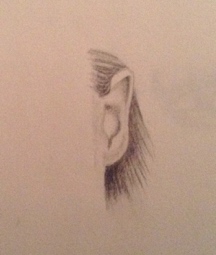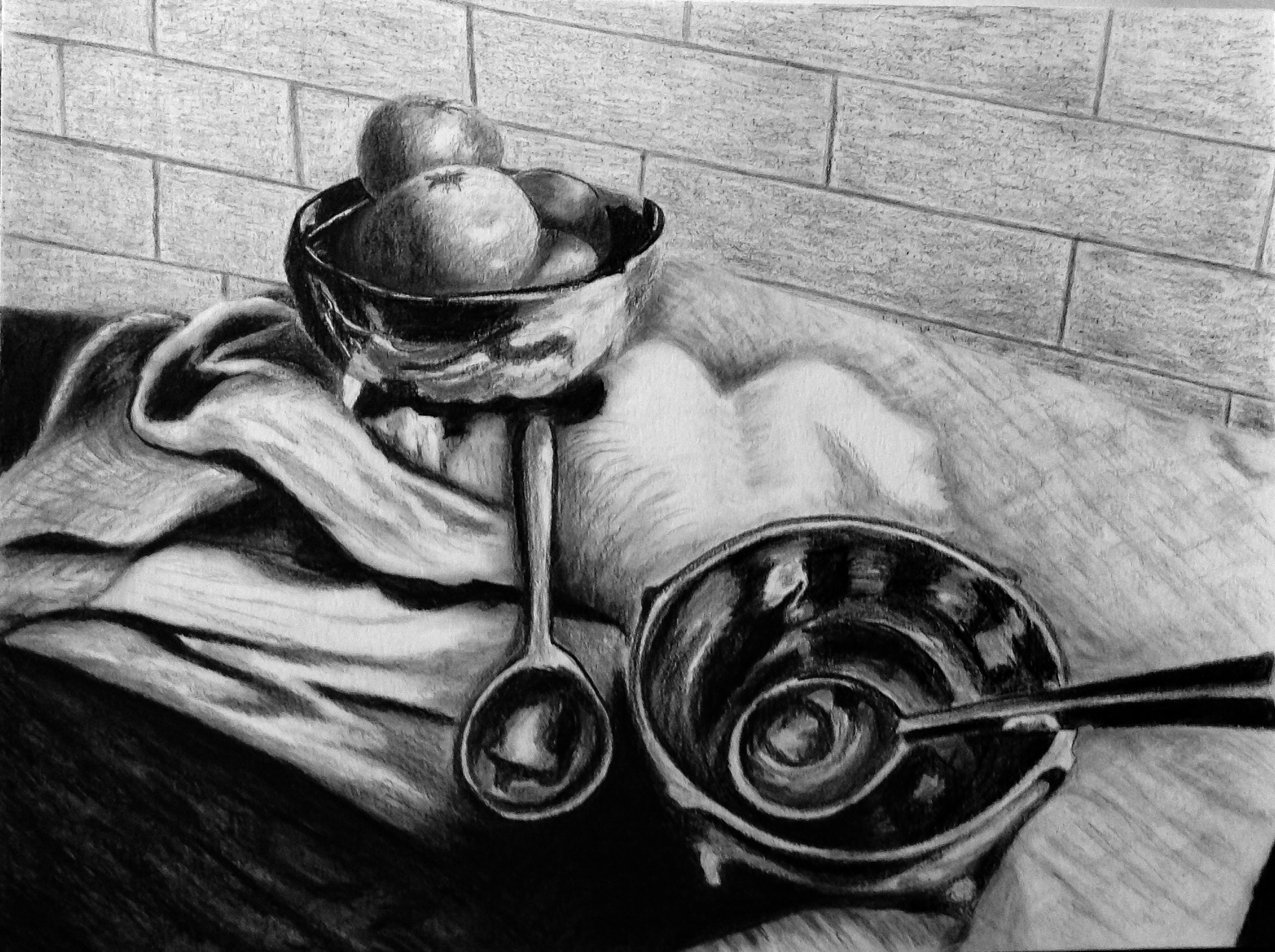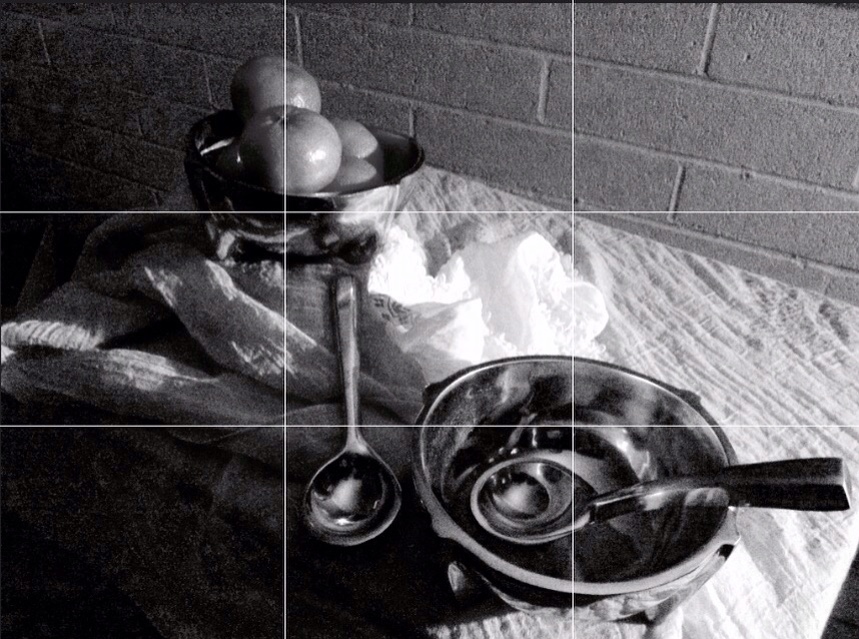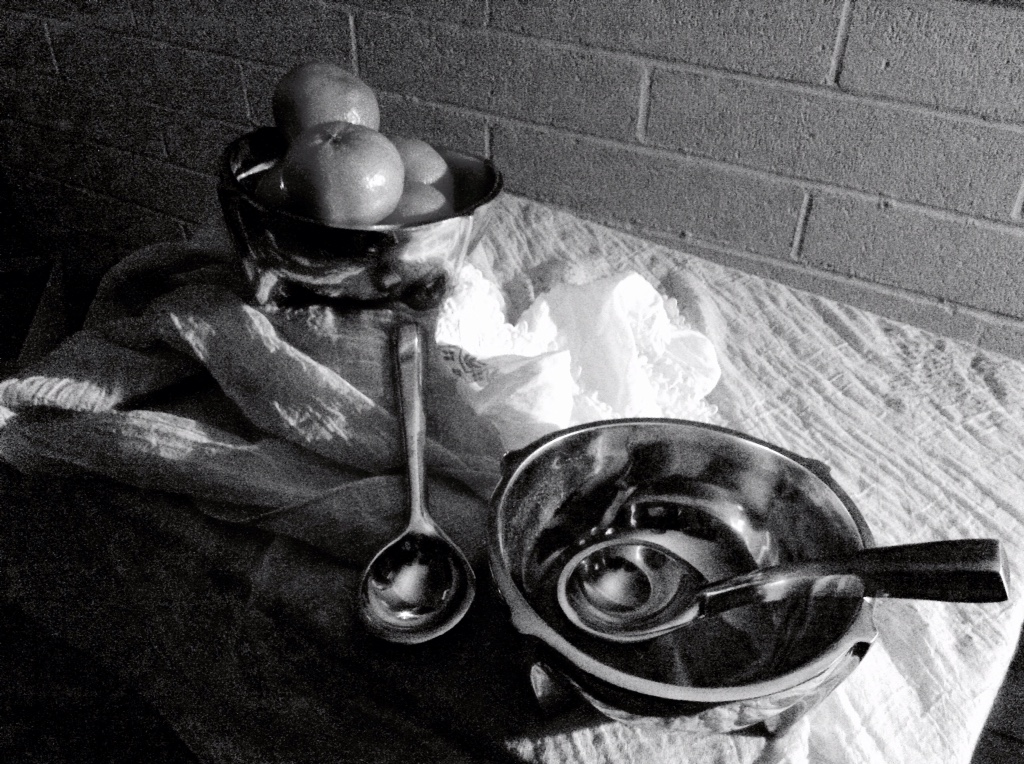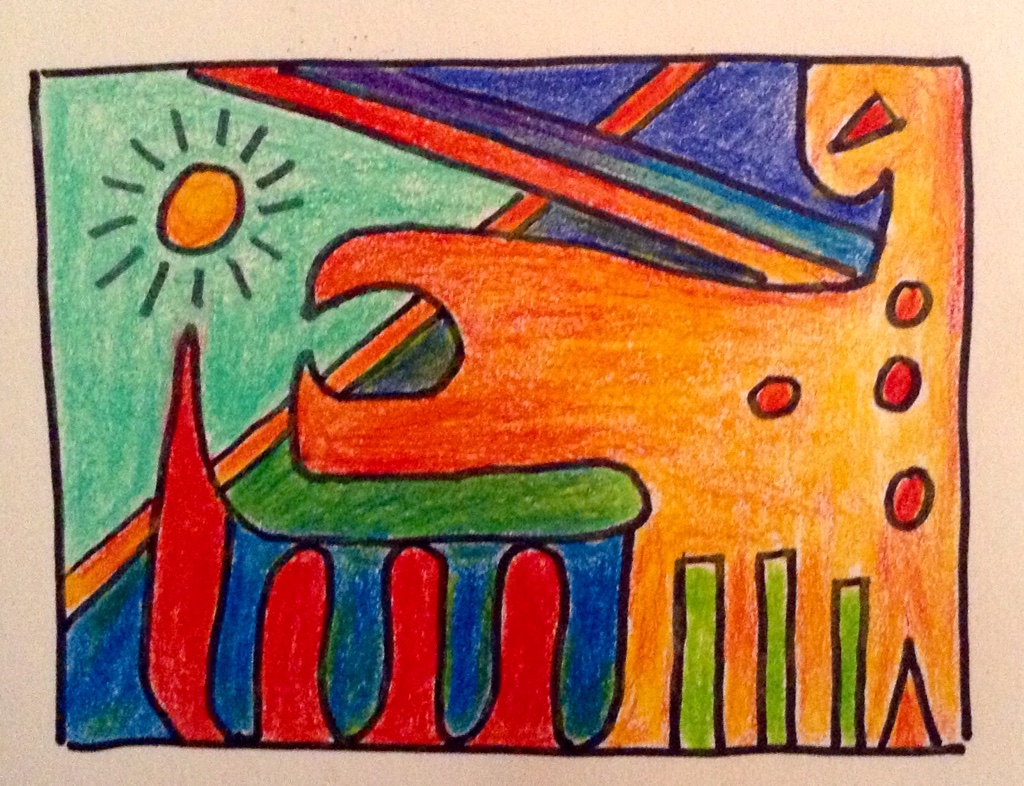
Now that you have created a compelling sunset it is time to create the landscape using a variety of textures. First, you must erase the colors that are directly below the blue mountains. If you don’t, the blue mountains will turn green because they will automatically mix with the yellow from the sunset. After you’ve […]

Once you have completed the contour drawing, you will begin creating a dynamic sunset using Woodless Colored Pencil Shavings. Sharpen the yellow colored pencil and make sure you remove the protective seal before you put the yellow dust on your paper. Use a tissue paper to lay in the first part of your Sunset right […]

Many times Artists will use a Reference Photo, in lieu of “Plein-Air.” A term coined during the Impressionist Era when the invention of paint, in tubes, allowed an Artist to paint outdoors. When color photography made locations, otherwise unaccessible to artists, available in books known as Artists Photo Reference books it opened up the possibility […]



